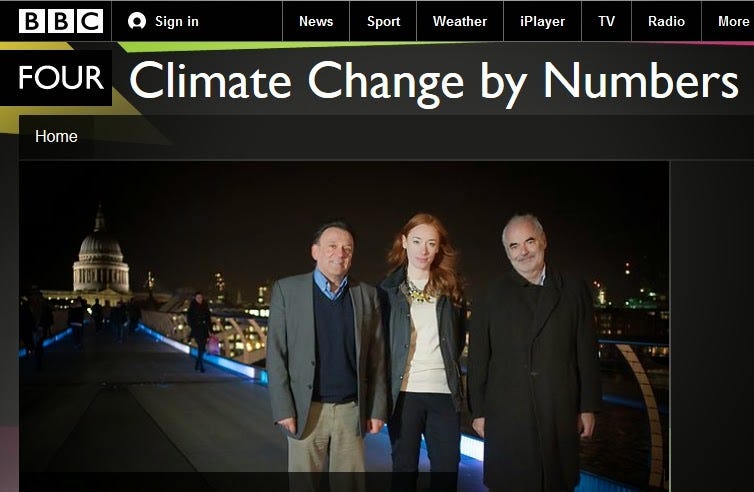What the number does and does not mean
In 2015 I was one of the presenters of the BBC documentary Climate Change by Numbers. My summary of the experience is described here.
The particular 'climate change number’ that I was asked to explain was the number 95: specifically, relating to the assertion made in the IPCC 2013 Report report of “at least 95% degr…
Keep reading with a 7-day free trial
Subscribe to Where are the numbers? by Norman Fenton and Martin Neil to keep reading this post and get 7 days of free access to the full post archives.





